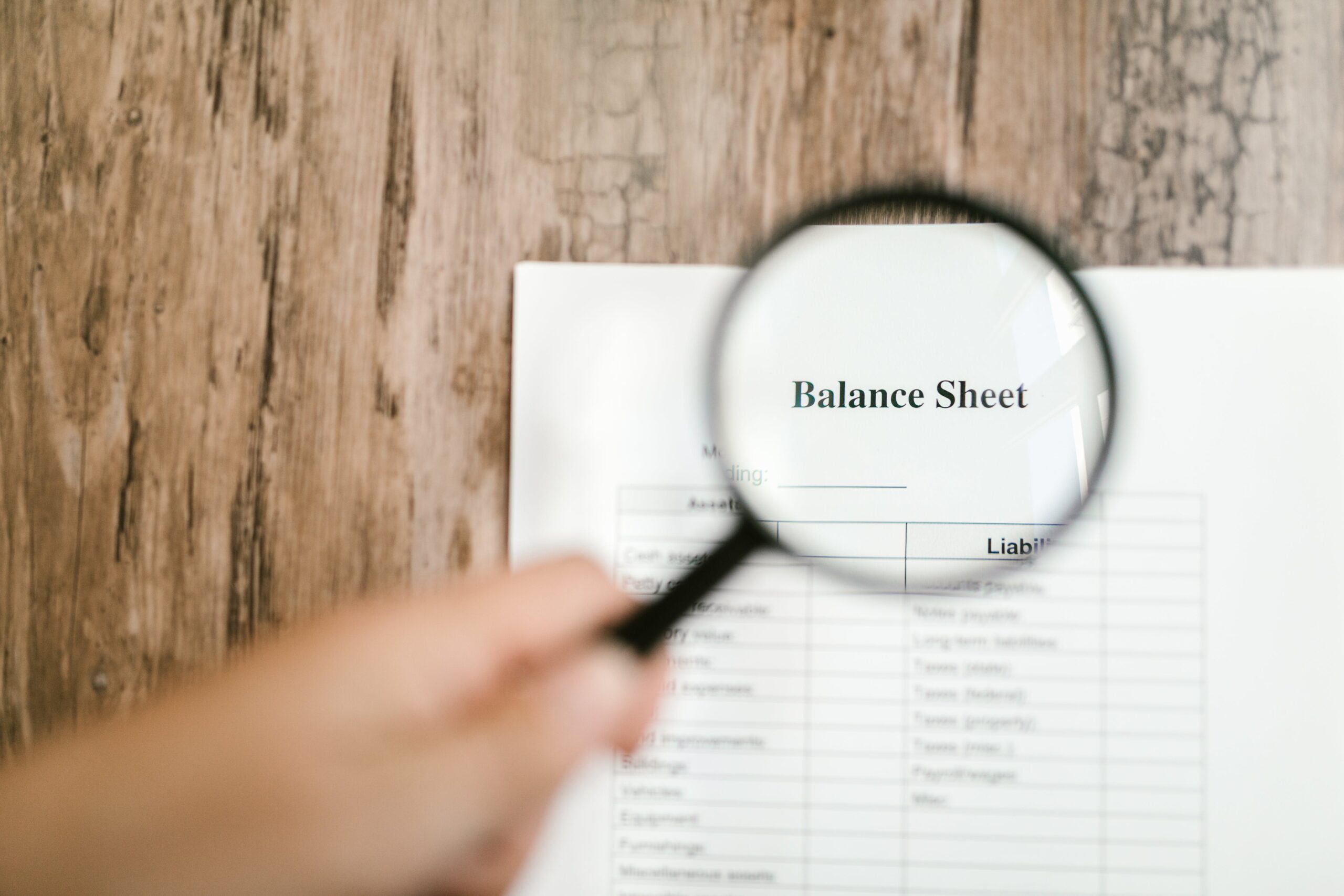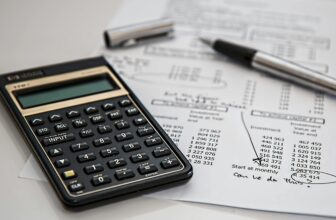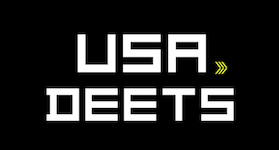
A classified balance sheet is a detailed version of a regular balance sheet, where accounts are organized into specific categories for clearer understanding. Instead of just listing assets, liabilities, and equity, it groups them based on features like liquidity (current vs long-term) or tangibility (physical vs intangible). This makes it easier to analyze a company’s financial health and assess their short-term and long-term financial positions.
Components of a classified balance sheet
The three main components of a classified balance sheet are:
Assets:
These are all the valuable things a company owns, like cash, buildings, equipment, and investments. Classified balance sheets usually break them down into:
- Current Assets: Cash, inventory, accounts receivable (money owed by customers), and other things quickly convertible into cash within a year.
- Long-Term Assets: Land, buildings, equipment (not easily sold), and long-term investments that won’t be turned into cash for more than a year.
- Intangible Assets: Things like patents, trademarks, and goodwill – not physical but valuable nonetheless.
2. Liabilities:
These are the company’s debts and obligations, what it owes to others. Similar to assets, they’re categorized as:
- Current Liabilities: Accounts payable (money owed to suppliers), wages payable, and other short-term debts due within a year.
- Long-Term Liabilities: Loans, bonds, and other debts payable over more than a year.
3. Equity:
This represents the owners’ claim on the company’s assets after accounting for liabilities. It usually includes:
- Share Capital: The value of stock issued to owners.
- Retained Earnings: Profits the company has kept, rather than distributing as dividends.
Understanding these components and how they interact is crucial for analyzing a company’s financial health, which can be helpful for various purposes, including investing or understanding a competitor’s situation.
Advantages of a Classified Balance Sheet
Classified balance sheets offer several advantages over their unclassified counterparts, making them particularly useful for investors, creditors, and even internal management:
1. Enhanced Liquidity Analysis:
By separating current and long-term assets and liabilities, a classified balance sheet reveals a company’s ability to meet its short-term obligations. Investors and creditors can easily assess the risk of default by looking at the current ratio (current assets / current liabilities) and other similar metrics.
2. Improved Solvency Assessment:
The breakdown of long-term assets and liabilities provides insights into a company’s long-term financial stability. Analyzing debt-to-equity ratios and other long-term metrics helps understand the risk of insolvency and the overall financial health of the company.
3. Facilitates Comparison:
Classified balance sheets allow for easier comparison between companies within the same industry or across different sectors. Investors can readily identify similarities and differences in financial positions, aiding in informed investment decisions.
4. Transparency and Clarity:
The categorized presentation enhances transparency and makes the information clearer for users with varying levels of financial expertise. This enables informed decision-making for both internal management and external stakeholders.
5. Streamlined Ratio Analysis:
Classified balance sheets make calculating important financial ratios easier and more meaningful. By having readily available data segmented by type, analysts can quickly assess various aspects of a company’s financial performance.
6. Regulatory Compliance:
In some countries, regulations mandate the use of classified balance sheets for publicly traded companies, ensuring standardized and transparent financial reporting.
How to prepare a classified balance sheet
Preparing a classified balance sheet can seem daunting, but it’s definitely achievable with the right steps. Here’s a breakdown of the process:
1. Gather the necessary information:
- Adjusted Trial Balance: This report lists all your company’s accounts with their ending balances.
- Accounting policies: These guidelines define how the company values and reports its assets and liabilities.
2. Classify your accounts:
- Assets: Categorize them as current (convertible to cash within a year) or long-term (held for more than a year). Examples include:
- Current: Cash, inventory, accounts receivable, prepaid expenses.
- Long-term: Land, buildings, equipment, investments, intangible assets.
- Liabilities: Similarly, categorize them as current or long-term:
- Current: Accounts payable, wages payable, taxes payable, short-term loans.
- Long-term: Long-term loans, bonds, mortgages.
- Equity: This includes share capital and retained earnings.
3. Format your balance sheet:
- Create a heading with the company name, date, and “Classified Balance Sheet” title.
- List current assets in order of liquidity (cash first), followed by long-term assets.
- Similarly, list current liabilities first, followed by long-term liabilities.
- Finally, show the equity section.
- Ensure totals for each section and the overall balance equation (Assets = Liabilities + Equity) holds true.
4. Consider professional help:
If you’re unfamiliar with accounting principles or your business is complex, seeking assistance from a professional accountant is highly recommended. They can ensure accurate classification and adherence to accounting standards.
Here are some additional tips:
- Use accounting software: Many accounting programs offer templates and automation for preparing balance sheets.
- Follow your accounting policies consistently: Ensure consistent application of your defined policies for accurate comparisons over time.
- Disclose significant items: Provide footnotes for any unusual or material items for transparency.
Classified Balance Sheet Categories Comparison
| Category | Description | Important Points |
|---|---|---|
| Current Assets | Cash, inventory, accounts receivable, prepaid expenses | – Highly liquid, convertible to cash within a year. <br> – Crucial for covering short-term obligations. <br> – Used to calculate liquidity ratios like current ratio and quick ratio. |
| Non-Current Assets | Property, plant & equipment, intangible assets, investments | – Held for more than a year, provide long-term benefits. <br> – Represent long-term investment in the business. <br> – Depreciated over time to reflect their decreasing value. |
| Current Liabilities | Accounts payable, accrued expenses, short-term debt | – Due within a year, create short-term obligations. <br> – Impact a company’s ability to meet operational expenses. <br> – Used to calculate solvency ratios like current ratio and debt-to-equity ratio. |
| Non-Current Liabilities | Long-term debt, mortgages, bonds | – Due over a year, used to finance long-term projects. <br> Represent financial leverage and impact future cash flow. <br> Used to calculate solvency ratios like debt-to-equity ratio and debt-to-total assets ratio. |
| Shareholder Equity | Common stock, retained earnings | – Represents owners’ claim on the company’s assets. <br> Funded through investor contributions and retained profits. <br> Reflects the company’s overall financial health and value. |
The level of detail in each category can vary depending on the company’s size and complexity.
Additional subcategories may exist within each main category.
Financial ratios based on these categories provide valuable insights for analysis and decision-making.
Conclusion
A classified balance sheet offers a deeper dive into a company’s financial health compared to its unclassified counterpart. By organizing accounts into specific categories (current vs. long-term, tangible vs. intangible), it fosters clear understanding and empowers analysis. Investors, creditors, and even internal management benefit from this detailed picture, enabling informed decision-making on investments, creditworthiness, and overall financial strategy. Remember, it’s not just a list of numbers; it’s a story waiting to be told about a company’s financial journey and future potential.
References
Here are some authentic references to support the information in the table about classified balance sheets:
Financial Accounting Standards Board (FASB):
- Accounting Standards Codification (ASC) 210: The Balance Sheet (FASB website): https://www.fasb.org/
- Statement of Financial Accounting Concepts (SFAC) No. 6: Elements of Financial Statements (FASB website): https://www.fasb.org/page/PageContent?pageId=/standards/concepts-statements.html
Investopedia:
- Classified Balance Sheet: https://www.investopedia.com/articles/basics/06/balancesheet.asp
- Understanding Balance Sheets: https://www.investopedia.com/articles/basics/06/balancesheet.asp
Corporate Finance Institute (CFI):
- Understanding the Balance Sheet: https://www.sec.gov/reportspubs/investor-publications/investorpubsbegfinstmtguide
- Ratios Used to Analyze the Balance Sheet: https://corporatefinanceinstitute.com/resources/accounting/corporate-finance-ratios/
Additionally:
- The Chartered Financial Analyst (CFA) Institute curriculum covers the analysis of financial statements, including the balance sheet, in detail.
- The International Financial Reporting Standards (IFRS) also define similar categories for assets, liabilities, and equity in financial statements.
FAQs on classified balance sheets:
Q1. What are classified balance sheets?
A classified balance sheet is a financial statement that categorizes a company’s assets, liabilities, and equity into distinct classifications. These classifications typically include current assets, non-current assets, current liabilities, and non-current liabilities. This organization provides a clearer picture of the company’s financial health and helps users analyze its liquidity and solvency.
Q2. What is a fully classified statement of financial position?
A fully classified statement of financial position, also known as a classified balance sheet, is a comprehensive financial statement that presents a company’s assets, liabilities, and equity in a detailed and organized manner. It categorizes each item into specific classifications such as current assets, non-current assets, current liabilities, and non-current liabilities, offering a clear overview of the company’s financial status.
Q3. What is the classification of an item as an asset on the balance sheet?
An item is classified as an asset on the balance sheet if it represents a resource owned or controlled by the company that is expected to provide future economic benefits. Assets are typically categorized into current assets (expected to be converted into cash or used up within one year) and non-current assets (expected to provide benefits beyond one year), aiding in assessing the company’s liquidity and long-term viability.
Q4. What is the classification of accounts payable on a balance sheet?
Accounts payable are classified as current liabilities on the balance sheet. These represent amounts owed by a company to its suppliers or creditors for goods or services received but not yet paid for. As current liabilities, accounts payable are obligations that are expected to be settled within one year, providing insight into the company’s short-term financial obligations and liquidity position.







